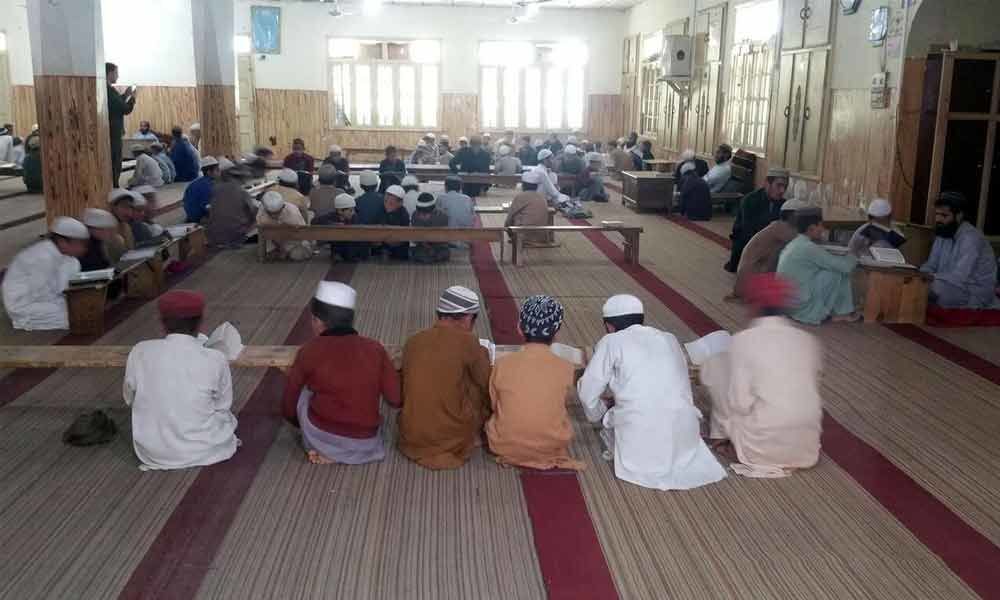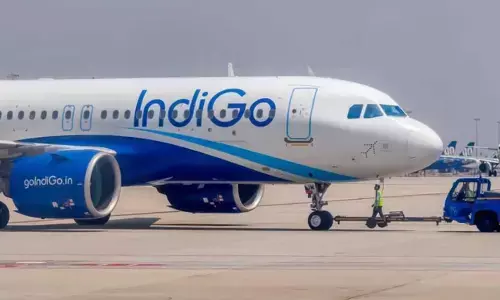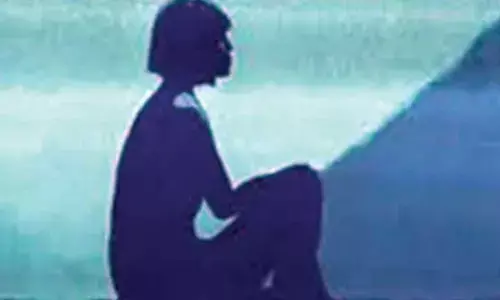Inside Pakistani madrasa where India killed hundreds of 'terrorists'

A madrasa, or Islamic school, on a remote hilltop in north eastern Pakistan that was the target of an Indian air strike just over six weeks ago is still not ready to give up its secrets.
A madrasa, or Islamic school, on a remote hilltop in north eastern Pakistan that was the target of an Indian air strike just over six weeks ago is still not ready to give up its secrets.
For the first time since the Indian government said it had killed hundreds of "terrorists" and their trainers and associates in the school's compound, Pakistani authorities on Wednesday allowed a group of journalists working for foreign news organisations, and foreign diplomats based in Islamabad, access to the site.
The expectation among some of the visitors was that it might help to settle a number of mysteries about the attack. In particular, whether, as India had said, it was a huge success and took out a major militant training camp or whether - as Pakistan says - India's warplanes missed the madrasa compound completely and hit surrounding hills instead.
The difference - as many as 300 dead militants or no fatalities at all.
There was also the question about whether the madrasa, one of more than 30,000 across Pakistan where children of all ages are taught to memorise and recite the Koran, was a cover for the Islamist group Jaish-e-Mohammed (JeM), which was allegedly using the site to train fighters to infiltrate Indian-controlled Kashmir.
JeM claimed responsibility for a suicide car bomb attack in Kashmir that killed 40 Indian paramilitary police on Feb 14, triggering the Indian attack and the worst hostilities between the two nuclear-armed nations for many years.
But the journalists and diplomats, most of whom spent well over an hour climbing steep slopes to get to the madrasa in the Jaba village area near the town of Balakot, didn't get enough time to make any kind of informed assessment.
They were mostly restricted to looking around the madrasa's main building. They were hurried away by the army, which organised the trip, after less than half an hour. Those arriving by vehicle had even less time.
The interactions with teachers and about 100 children at the madrasa - from the very young to older teenagers - were limited.
The visitors were shown a group of children learning passages from the Koran partly by rocking their heads back and forward in rhythm. One teacher said he had worked at the madrasa for six years.
Martin Howell & Salahuddin



















